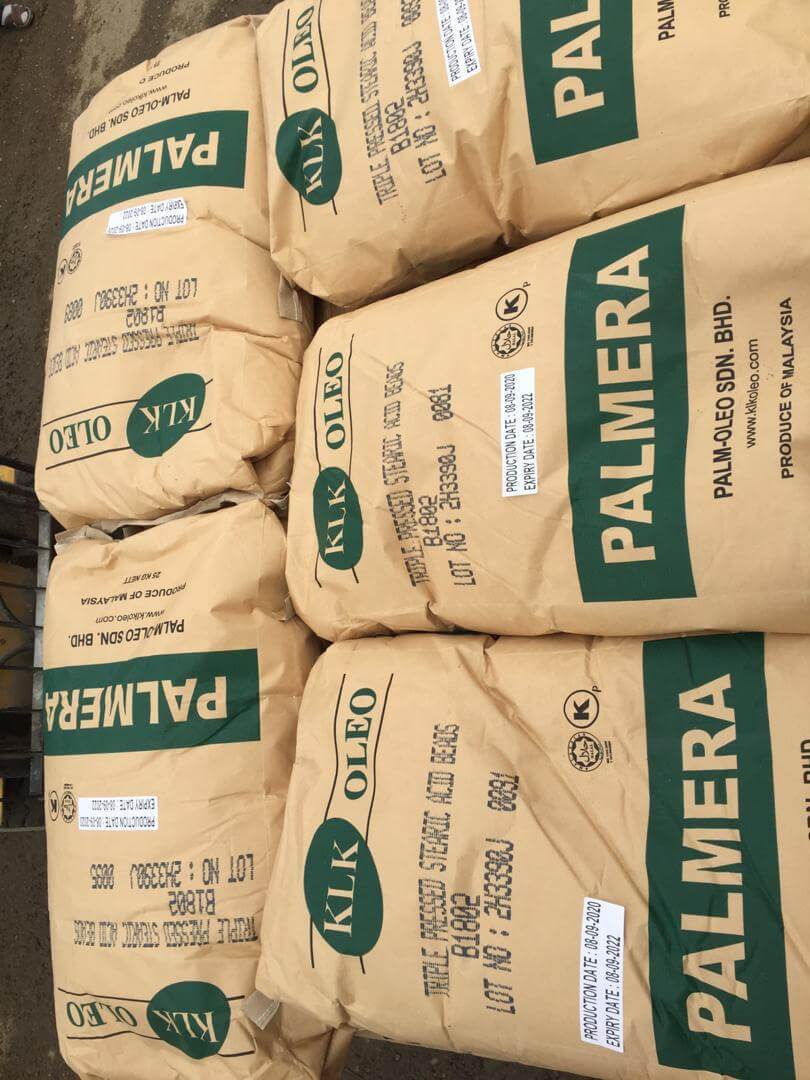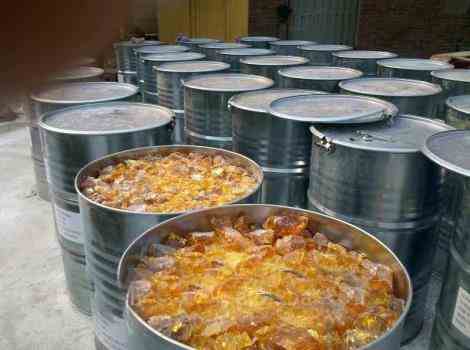Why is ferrosilicon manganese a popular ferroalloy for steelmakers?
According to the latest data from the US Geological Survey, Ferro Silicon Manganese is the most widely used ferroalloy in the world after ferrochrome. This ferroalloy is also the second most traded product in the world.
Advantages of Ferro Silicon Manganese Ferroalloy
Ferrosilicon-manganese compounds provide the properties of ferrosilicon and ferromanganese in steel production, maintain the molten composition, and add less phosphorus, carbon, sulfur, and nitrogen to the steel than ferrosilicon and ferromanganese.
Oxidation with ferrosilicon manganese leads to the production of cleaner steel because liquid manganese silicate coagulates and separates more easily from the melt.
Moreover, from the perspective of fluid dynamics, Si is obtained through SiMn more than it is obtained through Fe-Si. The use of ferrosilicon manganese is economically efficient, and it is much cheaper than other ferroalloys, which makes it easy to replace high-carbon ferromanganese and ferrosilicon chosen by the steelmakers in the past.
However, the effect of adding ferrosilicon manganese to steel depends on the amount of ferroalloy added and its combined effect with other alloying elements. This ferroalloy does not fall into the category of dangerous goods for transport, is corrosion-resistant, and can be used with certain types of chemicals or in coastal areas.
The Position of Ferrosilicon Manganese in Trade
Not only is Ferrosilicon manganese the most consumed one in industry, but it has also gained the second rank in trade because it is not easy to access raw materials and energy costs are very high, leading many countries to import this ferroalloy instead of producing it. Europe is the world's largest importer of silicon manganese.
An average of 2 million 652 thousand tons of silicon manganese was traded between 2001 and 2016, the highest amount of which occurred in 2007 at 3 million 379 thousand tons.
In 2009, with the onset of the financial crisis, the global trade trend of silicon manganese declined, but this decline was fully restored in the following years. Finally, in 2016, with an annual growth rate of 2.7%, it reached 2 million 675 thousand tons



 Ferroalloys and Smelting Additives
Ferroalloys and Smelting Additives Consumable and Refractory
Consumable and Refractory Natural rubber
Natural rubber Stearic acid
Stearic acid
 Rubber raw materials
Rubber raw materials synthetic rubber
synthetic rubber Raw materials for polymer and plastic industry
Raw materials for polymer and plastic industry Chemical additives
Chemical additives Steel sheet
Steel sheet Industrial Chains
Industrial Chains Radial Shaft Seals
Radial Shaft Seals Straps
Straps Cutting Tools
Cutting Tools Manual Tools
Manual Tools Motor Tools
Motor Tools Safety Tools
Safety Tools Welding Tools
Welding Tools industrial gauge
industrial gauge Measurement-Tools
Measurement-Tools Load chains
Load chains Crane
Crane